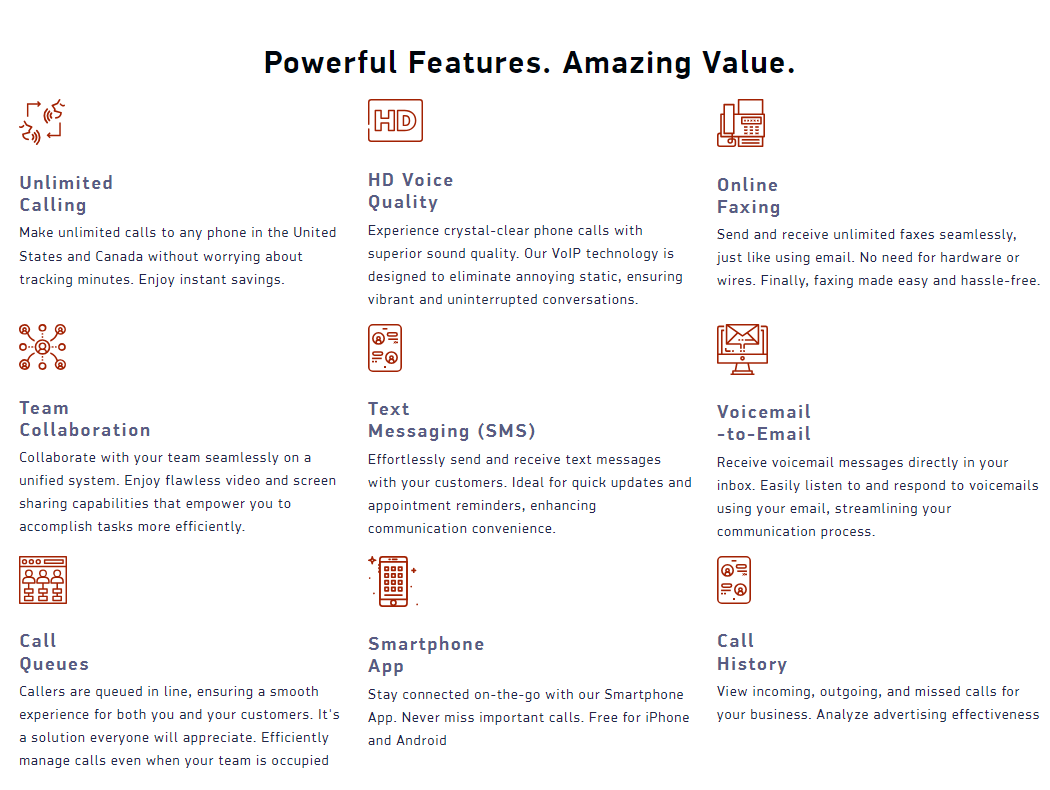Sunsetting Copper: The Transition to Modern Communication Technologies
As the digital age progresses, legacy systems like copper-based telephone lines are being phased out in favor of more advanced technologies. This process, often referred to as “sunsetting copper,” marks a significant shift in how businesses and consumers access and use communication services. In this blog, we will explore what sunsetting copper means, why it’s happening, and the benefits of transitioning to modern alternatives such as fiber optics and Voice over Internet Protocol (VoIP).
What Does “Sunsetting Copper” Mean?
Sunsetting copper refers to the gradual discontinuation of traditional copper telephone lines, which have been the backbone of telecommunication for over a century. Copper lines, while reliable, are becoming increasingly obsolete due to their limitations in bandwidth, maintenance costs, and vulnerability to environmental factors. As a result, telecom companies are transitioning to more advanced technologies that offer better performance and scalability.
Why Is Copper Being Phased Out?
Several factors contribute to the sunsetting of copper lines:
-
Aging Infrastructure: Copper networks are expensive to maintain and upgrade. The infrastructure is prone to deterioration, leading to frequent outages and increased maintenance costs.
-
Limited Bandwidth: Copper lines cannot support the high-speed data transmission required for modern communication needs, especially with the growing demand for internet bandwidth.
-
Environmental Vulnerability: Copper lines are susceptible to damage from weather conditions, such as storms and flooding, which can lead to service disruptions.
-
Advancements in Technology: Fiber optics and VoIP offer superior performance, higher speeds, and more reliable service. These technologies are not only more efficient but also more cost-effective in the long run.
The Benefits of Transitioning to Modern Technologies
As businesses and consumers move away from copper, they can take advantage of several key benefits offered by modern communication technologies:
-
Enhanced Speed and Bandwidth: Fiber optic cables transmit data at much higher speeds than copper, making them ideal for today’s high-bandwidth applications such as video conferencing, cloud computing, and streaming services.
-
Improved Reliability: Fiber optics are less susceptible to interference from environmental factors, providing more consistent and reliable service. This is particularly important for businesses that require uninterrupted communication.
-
Cost Efficiency: While the initial investment in fiber optics or VoIP systems can be higher, the long-term savings are substantial. These technologies require less maintenance, and their scalability allows for easier upgrades as communication needs evolve.
-
Future-Proofing: Adopting modern communication technologies ensures that businesses are prepared for future advancements. As more services move to digital platforms, having a robust and adaptable infrastructure will be crucial.
Challenges of the Transition
While the benefits of transitioning to fiber optics and VoIP are clear, there are challenges involved in sunsetting copper:
-
Cost of Transition: The initial cost of replacing copper infrastructure with fiber optics can be significant, particularly for businesses with extensive networks.
-
Compatibility Issues: Some older devices and systems that rely on copper lines may not be compatible with newer technologies, requiring additional investments in upgrades or replacements.
-
Regulatory and Compliance Concerns: Businesses in regulated industries may face additional hurdles in transitioning to new communication systems, including ensuring compliance with industry-specific standards and regulations.
Conclusion
The sunsetting of copper marks a pivotal moment in the evolution of communication technologies. As businesses and consumers transition to fiber optics and VoIP, they can expect to benefit from enhanced speed, reliability, and cost efficiency. While the transition may present challenges, the long-term advantages far outweigh the initial hurdles, making this shift a necessary step toward future-proofing communication infrastructure.
For businesses looking to make the switch, QTech VoIP offers tailored solutions to ensure a seamless transition to modern communication technologies. Visit QTechVoIP.com to learn more about how we can help your business stay connected and ahead of the curve.
Sources:



